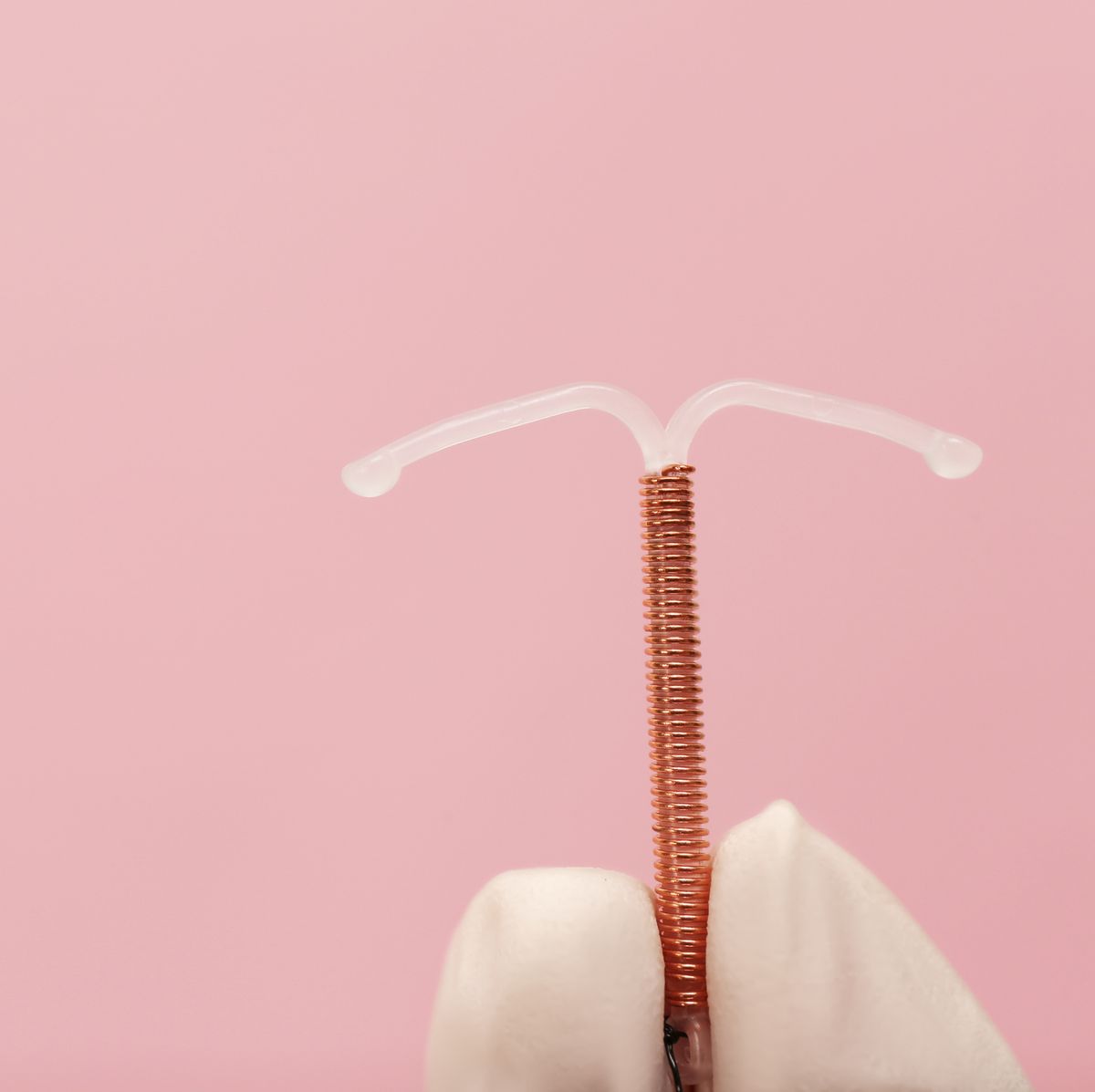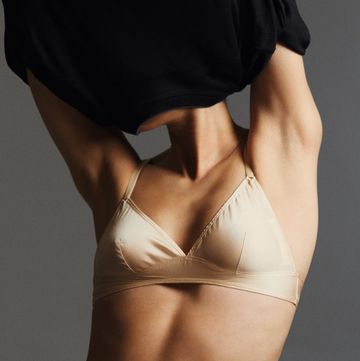*Warning: This article features footage of women filming their reactions during IUD fittings that some readers may find uncomfortable.
‘IUD insertion is the worst pain imaginable’. That’s the caption of a TikTok video that shows a user experiencing the fitting of her intrauterine device (IUD, also known as the copper coil. The woman’s filmed reactions involve wincing and audible cries of pain, which has attracted 6.2m views at the time of writing.
It’s one of the many pieces of contraceptive-related content on the social media platform, where ‘Come with me to get an IUD’ has become a popular format. Another video's caption reads ‘*Me thinking I could never go through labour if it feels like this*’ and features a follow-up clip in which a woman reports that she’s been cramping every day since her first appointment.
Not all of the content depicts negative coil insertion experiences. Some videos aim to be informative, showing IUDs being inserted into medical training models. Others feature women who seemingly don’t even realise that the device has been inserted, like one that is accompanied with the reassuring caption: ‘To the next girl looking at IUD TikToks, it’s not always scary and painful.’
However, recent research by the Department of Obstetrics & Gynecology at Duke University in the US analysed the top 100 TikTok videos tagged #IUD, and found that more videos had a negative tone than positive. It also found that 27.6% of the content mentioned distrust of healthcare professionals and that 96.8% highlighted the pain and other side effects of IUDs.
FIND OUT MORE ON ELLE COLLECTIVE
For many women, this will not be a surprise; there are few among us who haven’t either had or heard of a negative experience with this method of contraception. As The Washington Post reports, research shows that healthcare providers underestimate the pain experienced during IUD insertions. In a study of 200 women (most of whom had given birth) an average maximum pain score of nearly 65 on a scale of 0 to 100 was reported. The providers, meanwhile, had predicted that the patient’s pain level would be about 35.
There are legitimate fears that the influx of TikTok content could spread misinformation – the aforementioned Duke study gave the top videos a low score on information health quality. It's also feared that content during coil fittings could put women off a useful method of contraception (NHS UK lists the IUD as over 99% effective).
But it’s hardly surprising that women are turning to social media to share pain that has consistently been underestimated. NHS UK advises that women should take paracetamol or ibuprofen an hour before an IUD fitting, but many individuals find this insufficient. Extra pain relief should also be available on request, according to the NHS' website, but this is not always the case.
In 2021, Dr Diana Mansour commented on this issue when she was Vice President of the Faculty of Sexual and Reproductive Healthcare (FSRH). ‘I offer pain relief before and, where necessary, during an IUD placement including the use of local anaesthesia,’ she said.
‘I let women know that they are in control during the procedure and at any point additional pain relief can be given or other options explored, such as having the IUD fitted under conscious sedation or general anaesthesia in the local hospital.’ But, she continued: ‘Not all clinics or GP practices offer local anaesthesia. Where this is the case, rapid referral to another service should be in place.’
Years on from this sage statement, it seems that little has changed.
For more information about IUDs, visit the NHS website here.
ELLE Collective is a new community of fashion, beauty and culture lovers. For access to exclusive content, events, inspiring advice from our Editors and industry experts, as well the opportunity to meet designers, thought-leaders and stylists, become a member today HERE.













